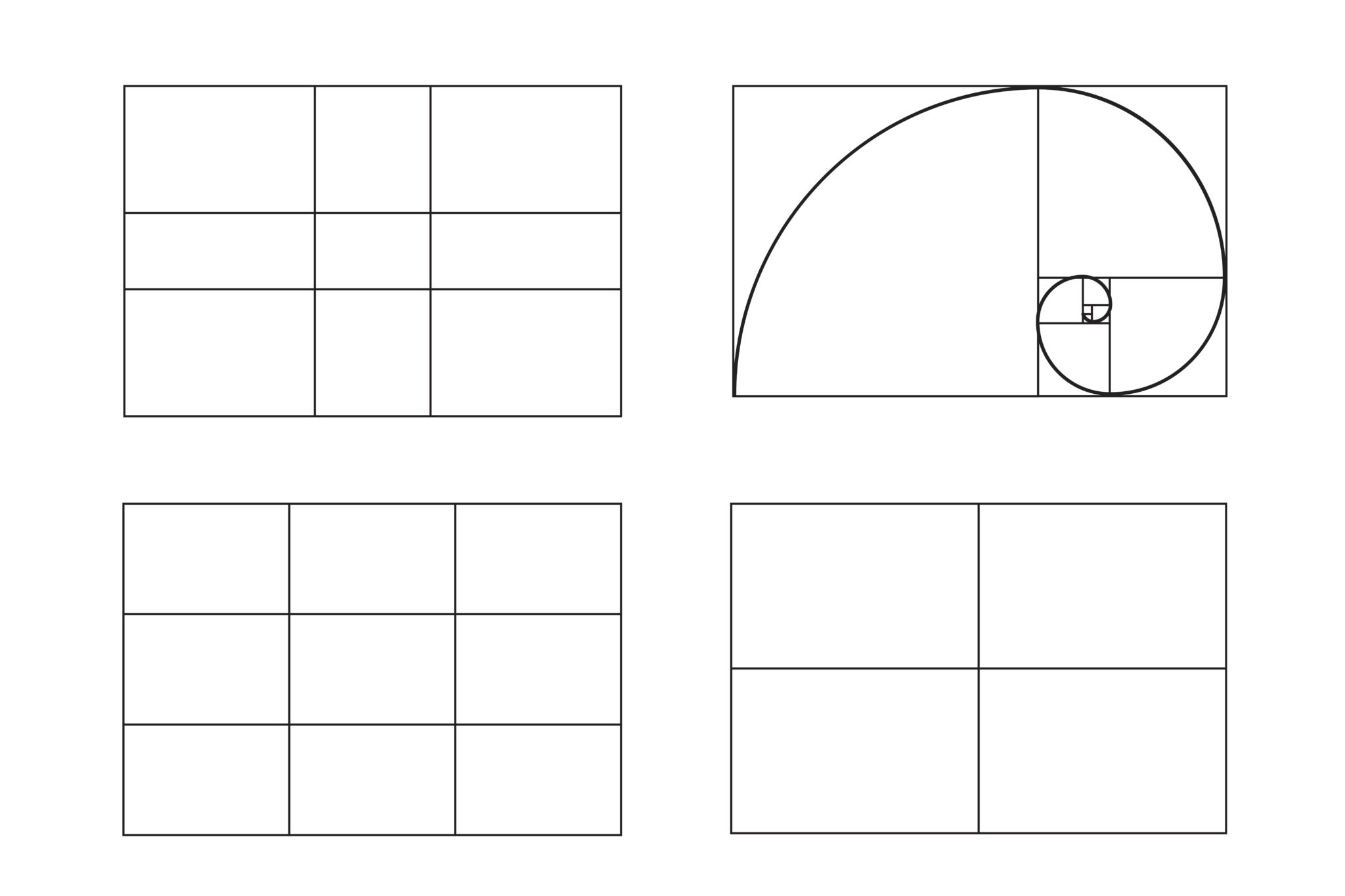What really counts before applying any of the rules of composition is knowing what you’re going to photograph or highlight. This is because the eye is selective: when you see something, you retain only a few elements, and this varies according to what you’ve seen and what your interests are. And without consciousness, the brain will make a selection.
To explain the situation, if you ask several people to view the same scene, it’s highly likely that they’ll all give you a different description, depending on each person’s mind and interests – the visions are totally different.
Composition is one of the most important aspects of photography, whether you’re trying to master landscape photography or start a wedding photography business. It’s what we’re going to talk about here, and it’s where the fun and creativity really come into play in our photographic adventure. We can stand out from the crowd and introduce a sense of individuality into our images. This is where the magic happens!
It is essential for photography. Often, the technical aspect of an image is easy enough to learn, but the only thing that separates a great image from a less interesting one is composition.
Everyone has a camera these days, so the way you’re able to visually capture something that’s also being photographed by the masses right next to you will help set your work apart from other photographers.
In this tutorial, I’ve listed 20 essential rules of composition. Starting with the most basic and ending with some of the most advanced composition techniques.
- The rule of thirds,
- Centered composition and symmetry,
- Interest and depth in the foreground,
- Frame within a frame,
- Guidelines,
- Diagonals and triangles,
- Patterns and textures,
- Rule of probabilities,
- Fill in the frame,
- Leave a negative space,
- Simplicity and minimalism,
- Isolate the subject,
- Change your point of view,
- Look for specific color combinations,
- Space rule,
- Left and right rule,
- Balance the elements of the scene,
- Juxtaposition,
- Golden triangles,
- Golden number.
Clearly, it would be impossible to have all these compositional guidelines in mind when shooting. Your brain will melt! However, a good exercise is to make the effort to use one or two every time you go out. You could, for example, do a photo shoot in which you look for situations where you can use a “frame within a frame”.
After a while, you’ll find that many of these rules become ingrained. You’ll start using them naturally without having to think about it. As you can see with the golden ratio, I even used one of them without realizing it!

